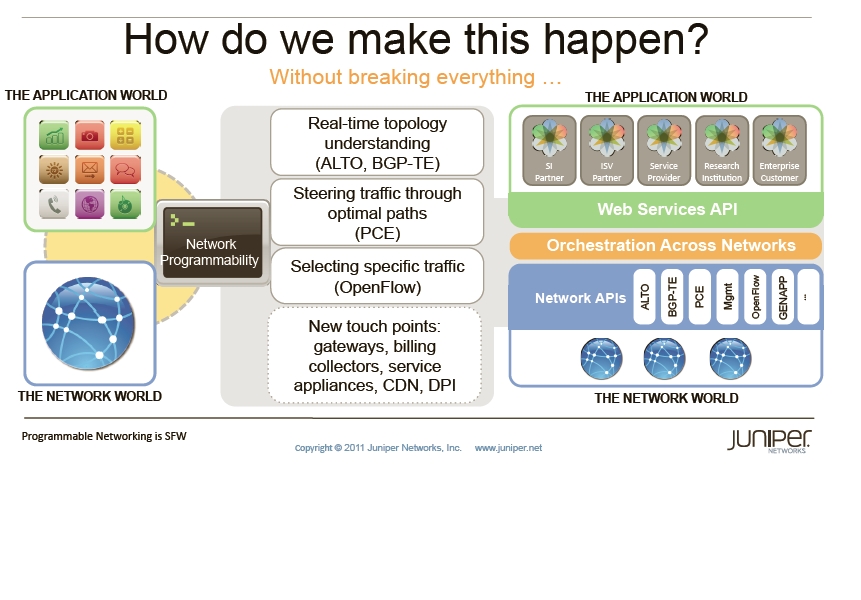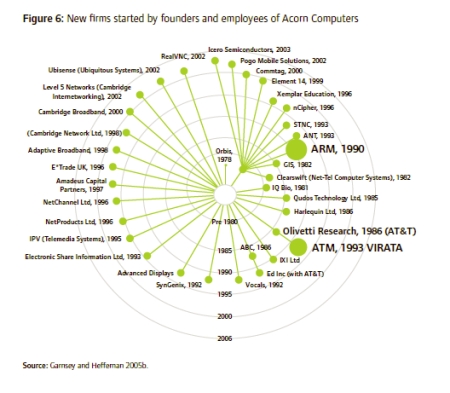Too much tweeting, not enough blogging, recently. Here are the last few tweets from both my streams, with a little more background. Maybe each of these should go to Google+, and I may start to comment more there - when there's more to say than fits in the 140 character discipline imposed by Twitter, but not enough that I want to keep the words in my own space and track the analytics for them there. For me, LinkedIn and G+ compete for attention; Facebook is much more, though not completely, social than professional.
VCwatch is the twitter name I use for, literally, watching what Venture Capitalists are up to - turns out many other people are similarly interested. Other people starting or contemplating starting businesses, some people who service startups or VCs or both, and investors of all kinds are the followers.
@vcwatch RT @infoarbitrage Entrepreneurs talk : Straight-up feedback for VCs, angels http://t.co/2pXhIR3 VCs: Be honest, humble and pay attention
http://www.boston.com/business/technology/innoeco/2011/08/entrepreneurs_...
This piece by Scott Kirsner at The Boston Globe is clearly written, authentic, and posted by Roger Ehrenberg, himself a VC at IA Ventures in New YOrk.
@vcwatch Index Ventures investment in Centrify - Identity Management bridge between Active Directory, non MS users http://t.co/HxiCYeA by @mvolpi
http://blog.indexventures.com/centrify-the-next-generation-of-identity-m...
Identity is a space in which I've been interested since spending some months corralling the different parts of Cisco which were involved with it, back in 2003. It is used as a catch-all for the concepts of authorization and authentication - who can use which resources, and to what extent are they whom they claim to be. I've known Mike Volpi since he ran Business Development at Cisco, and have been watching his recent work at Index Ventures, and Index Seed, with interest.
@vcwatch 500 Startups Demo Days 1 http://t.co/ceylCT0 2 http://t.co/QUp774y Several of them retailing real things, mostly consumer oriented
500 Startups is a hybrid startup incubator and seed fund, located in Mountain View (which is the next town to Los Altos, closer to the San Francisco Bay) founded by Dave McClure. It runs Demo Days, where mentors and potential investors get to review a large number of short presentations from the current cycle of startups. Mathew Linley at VentureBeat writes a couple of sentences summary on 15 of them for Day 1 http://venturebeat.com/2011/08/16/500-startups-batch-1/ , and another 15 for Day 2 http://venturebeat.com/2011/08/16/500-startups-demo-day-2/
Worth reading through if you are interested in what kind of companies Dave takes in to 500 Startups, and how much progress they've made.
Annejohn is the twitter name I use for 'other stuff'; technical material about infrastructure, items about the gaming space (since one of my investments is in Musemantik, who build tools for adding music to games), and more personal things.
@annejohn RT @NimbleStorage - 10 Startups, Flash Storage Market http://t.co/1MLa3gF SolidFire ViolinMemory Fusion-io Tintri Nimbus Data Kaminario
http://siliconangle.com/blog/2011/08/15/tipping-the-balance-10-startups-...
Flash memory has evolved hugely from the days when it was a convenient replacement for floppy discs and came on 'thumb drives' - it's now a significant part of the data systems storage architecture design, fitting between on board RAM and spinning media for data access speed. Knowing the guys at Violin Memory (Morgan Littlewood and Matt Barletta are former colleagues) this piece mentions them as one of 10 companies in this space. Fusion-io just completed its first quarter as a public company and announced very positive numbers.
@annejohn RT @deantak Cool stuff: Perceptive Pixel’s 82-inch multi-touch touchscreen display | VentureBeat: http://t.co/Ac6A8A2 price ~ $100K
http://venturebeat.com/2011/08/16/cool-stuff-perceptive-pixels-82-inch-m...
More infrastructure - really big touchscreens make new things possible.
@annejohn Tibco - all about the fast feedback loop http://t.co/rN50zmy to test intuition about what the customer needs by @wroush
http://www.xconomy.com/san-francisco/2011/08/10/tibcos-vivek-ranadive-on...
Tibco has been interesting since I worked with it to get its software certified for use on London trading floors, along with hardware from Alantec (a maker of low latency multiport ethernet bridges) in the early 1990s. This article is an interview with the CEO, Vivek Ranadivé, explaining the importance of capturing, analysing and taking action on data in 'real time'; ie time intervals short enough to make purchasing suggestions to users while they are still paying attention to whatever caught their interest and triggered the vendor's filter.
@vcwatch Y Combinator changes "as little capital as possible to discover market, less dilutive capital once it’s been found" http://t.co/H16m6iz
http://bryce.vc/post/8998329270/the-real-innovation-happening-at-y-combi...
Bryce Roberts is a co-founder of O'Reilly AlphaTech Ventures - here he is writing about how "Training a generation of entrepreneurs to live as cash efficiently as possible during the market discovery phase of a startup, to me, is the biggest innovation happening at Y Combinator these days". We agree strongly, and think that the support of an incubator should be applicable to business types which need a longer horizon than are supported by Y Combinator, 500 Startups, or Technstars - businesses which are building components of infrastructure, which have enterprise customers and may actually build hardware.
Is this kind of expliction of interest? Let me know at info@cunningsystems.com or by replying to @vcwatch or @annejohn
Cunning Systems evaluates product and service ideas in computing and communications. If you would like to discuss an idea, contact us at info@cunningsystems.com

